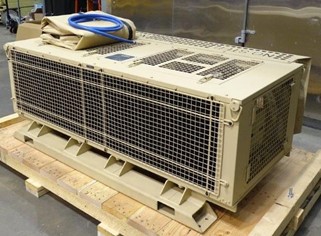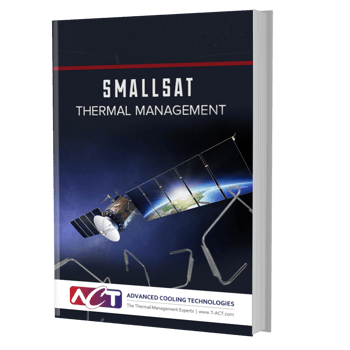- Solutions
- Services
- Industries
- Composites
- Resources
- About
- Shop
- Contact
- Solutions
- Services
- Industries
- Composites
- Resources
- About
- Shop
- Contact

Case Study
Development of ACT’s Tekgard® brand chiller began in 2011. The initial work, approximately ten years ago, resulted in the design and manufacture of qualification units and several proof of manufacture units.
Six years later, a production contract was placed for tens of units to replace chillers manufactured by another supplier. Shortly after production started, the build was halted.
ACT was contacted and - Field experience gained with the original units and the first generation Tekgard® units made clear the design was inadequate to provide the desired level of ruggedness and reliability required for the severity of the field conditions that the original units were designed for. The production program was paused and ACT engaged in a significant redesign and requalification effort to address the design shortcomings of the original units they had specified the production units from.
Read the full case study to learn how the ACT team overcame the challenges of designing to the most stringent of military requirements they had seen in over 20 years.
Although there are different guideline, satellites are considered "small" if they are under 500 kg (wet mass / including fuel). SmallSats are often further segmented, again using their total mass. The table below shows a commonly applied standard and will be the reference used in this eBook.
| Small Satellites (Minisatellites) | 100 to 500 kg (220 to 1,100 lb) |
| Microsatellites | 10 to 100 kg (22 to 220 lb) |
| Nanosatellite | 1 to 10 kg (2.2 to 22 lb) |
This eBook will provide strategies and technologies to help designers manage heat loads in small satellites. It covers ways to address the unique challenges associated with SmallSats, including compact designs and increasing power densities.
Learn more about the latest in Spacecraft and Orbital Systems thermal management technologies here.

Copyright 2023. All rights reserved.